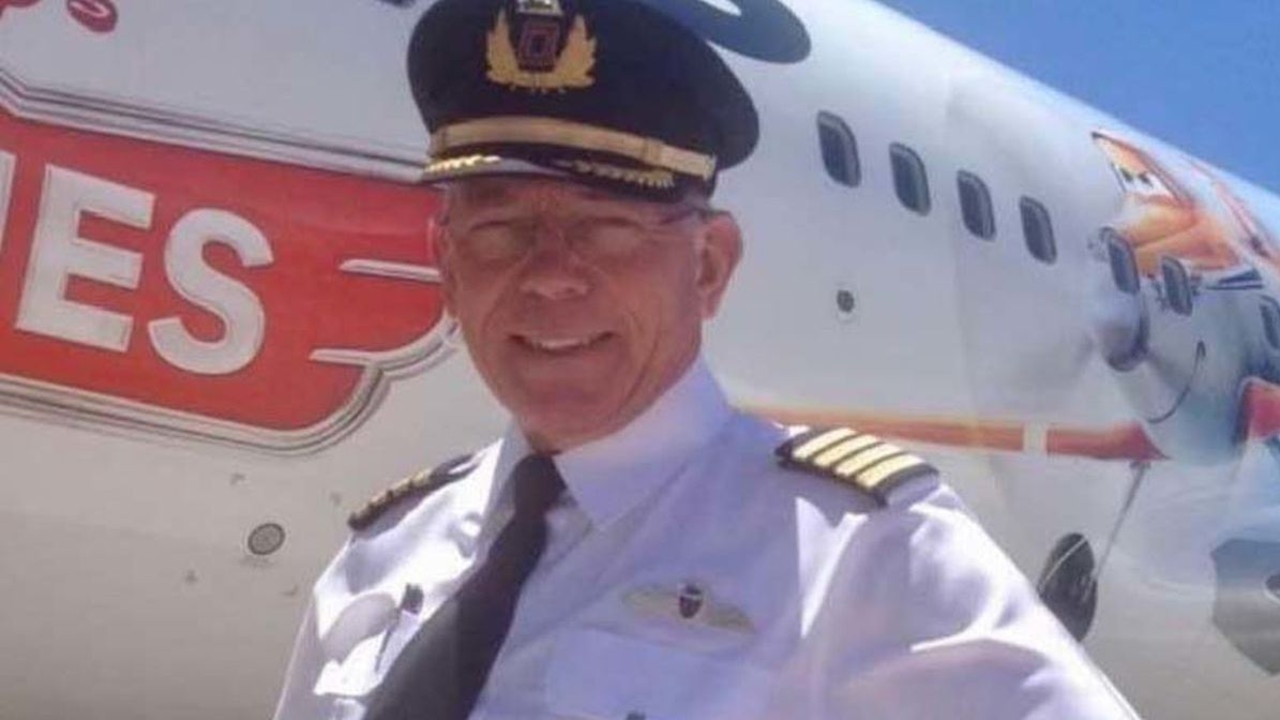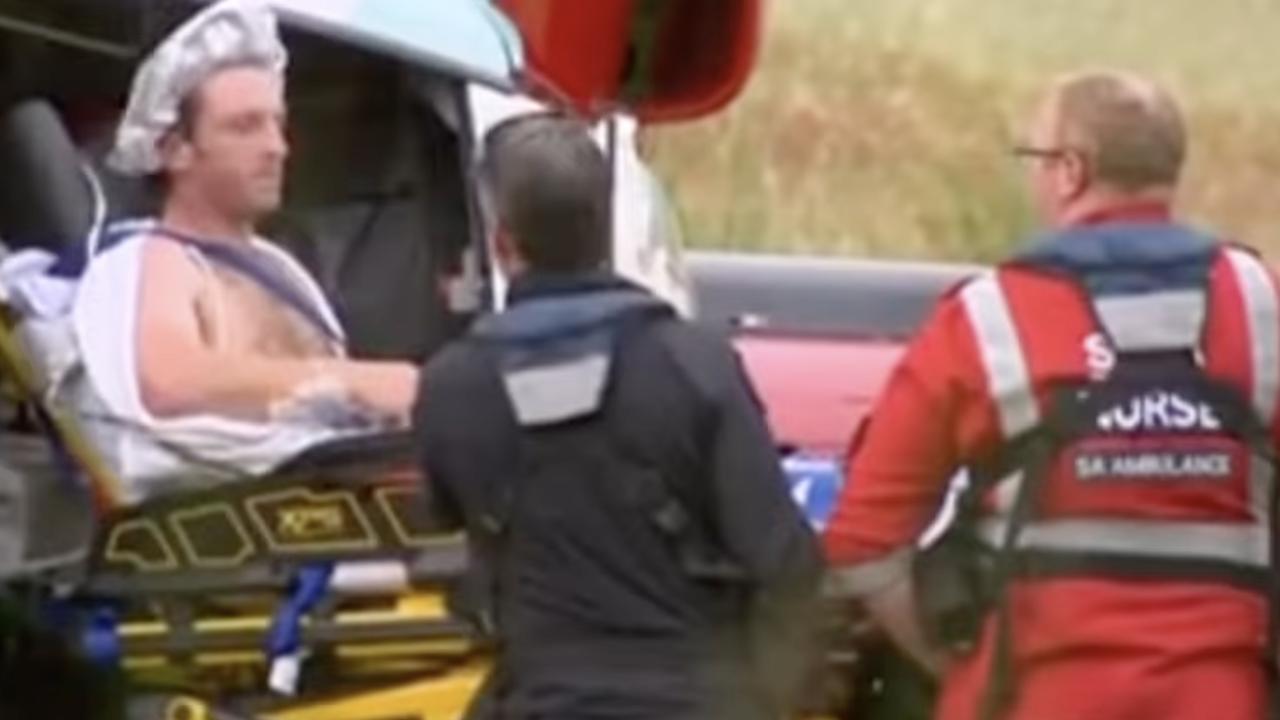Australian co-pilot Jeremy Webb ran for life after Emirates’ plane crash landing and caught fire in Dubai
A SYDNEY pilot and another Australian ran for their lives after the Emirates crash as it emerged the plane tried to regain altitude before it hit the ground.
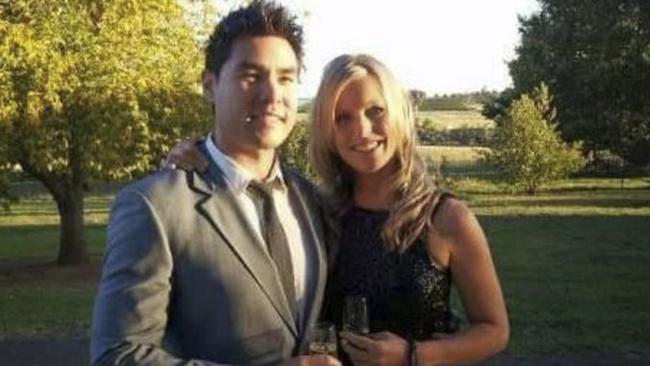
A SYDNEY pilot and another Australian ran for their lives after the Emirates crash as it emerged the plane tried to regain altitude before it hit the ground.
Transponder data and air traffic control communications, if confirmed by the plane’s black boxes, indicate the crew of Flight No. EK521 was starting to go around for a second landing attempt when something went horribly wrong.
Transponder data from the Boeing 777-300 obtained by aviation website FlightRadar24.com show the descending plane came close to the ground at 12:37pm local time before altitude readings and the vertical speed suddenly increased, indicating the start of a go-around.
That came around the same time an air traffic control radio recording has someone calling out the flight’s number and saying “returning to 4000.”
“I think it indicates that there was some kind of effort to try to gain altitude,” Mikael Robertsson, a co-founder of FlightRadar24, said.
But within 12 seconds, the aircraft descended and struck the ground, apparently bouncing back up briefly before coming down and stopping, according to the data.
Investigators have recovered the black box from the wreckage which comprises of the cockpit voice recorder and the flight data recorder.
Audio of the moment the plane struggled to land has also emerged.
While the runway reopened last night, the Duai International airport will not resume normal operations for at least another 48 hours as it deals with a backlog of cancelled flights and delays.
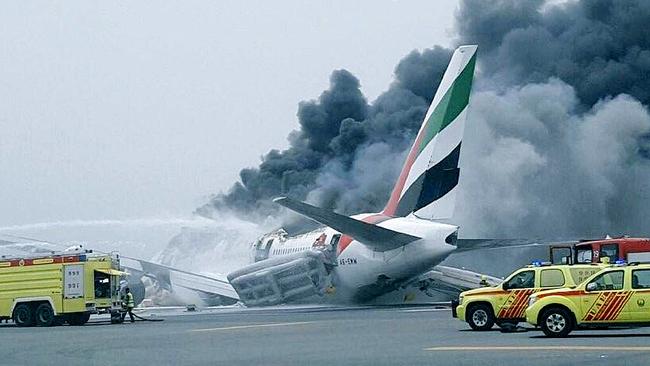
CRASH THEORIES CONTINUE
At the time of the crash landing, the scorching midday sun had raised temperatures at the airport to a humid 49 degrees Celsuis. Barefoot passengers fleeing the plane said they burned their feet on the scalding tarmac.
While that’s not an unusual temperature for this time of year, the hotter the conditions are, the harder it can be for engines to lift airplanes off the ground, according to experts.
The possibility of wind shear - a sudden change in wind speed or direction - is also being looked into by investigators, Emirates CEO and chairman Sheikh Ahmed bin Saeed Al Maktoum has said. An attempted go-around could explain why the grounded plane’s landing gear did not appear to be extended.
“If the airplane had gone around, part of the maneuver is retracting the landing gear,” said commercial airline pilot and author Patrick Smith.
“It’s conceivable that during the go-around that they experienced a dangerous wind shear,” he said.
John Gadzinski, an airline captain and aviation safety consultant, agreed that the transponder data was consistent with an attempted go-around by the crew.
The investigation into the crash is expected to take three to five months, according the UAE’s federal aviation authority.
Dubai Airport’s chief executive Paul Griffiths said there would be “lessons to be learnt”.
“We will have a very detailed look at the procedures that we operated during the course of the management of the incident and we will adopt the lessons learnt. We will share them with our stakeholders and to make sure that our response is better if we ever have the unfortunate situation to deal with something in the future,” he said.
AUSSIE PILOT IN THE COCKPIT
First Officer Jeremy Webb of Sydney, was in the cockpit of the Boeing 777-300 and a fellow Aussie was on board, when the aircraft made a fiery crash landing on Wednesday.
Flight EK521 had flown an uneventful four hours from India when it came into land at Dubai, and Air Traffic Control reportedly informed the captain the landing gear wasn’t down.
HARROWING FOOTAGE FROM INSIDE THE EMIRATES PLANE
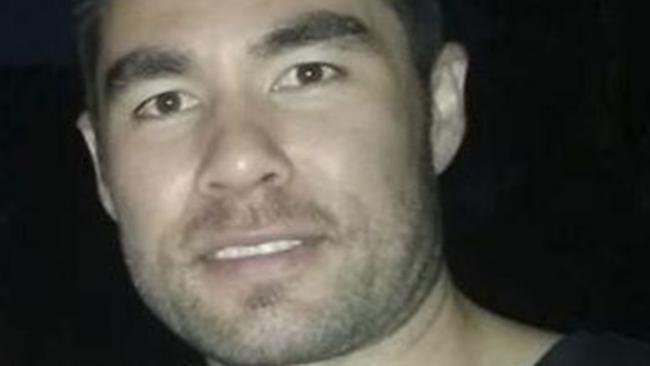
No request was made for emergency services to standby and the crew informed the tower of a go around only to land suddenly — possibly due to windshear — with some or all of the landing gear retracted.
Passengers were not told there was a problem before landing and Emirates’ Chairman and Chief Executive Shaikh Ahmad Bin Saeed Al Maktoum said the aircraft’s inspections were up to date and it was “clear to land”.

Despite some panic in the cabin, all 300 people on board including the 282 passengers evacuated safely with only minor injuries to 13 people. Emirates said that 157 of the passengers stayed in Dubai after the accident, while the rest stayed in transit at the airport.
The airport was closed for about six hourS and Emirates cancelled 27 flights on Wednesday with 23 flights diverted to alternative airports. In total, over 23,000 passengers were impacted by the crash-landing.
First Officer Webb moved to Dubai with wife Alex a year ago to work for Emirates, a partner of Australian carrier Qantas.
Hours after the near-death experience, he posted a picture of the Sydney Harbour Bridge on his Facebook page, and friends sent messages of love and support.
The cabin crew and emergency team are undoubtedly the heroes in today's incident at Dubai Airport#Emirates #AMillionThanks#طيران_الامارات
— JD (@JDz_Tweets) August 3, 2016
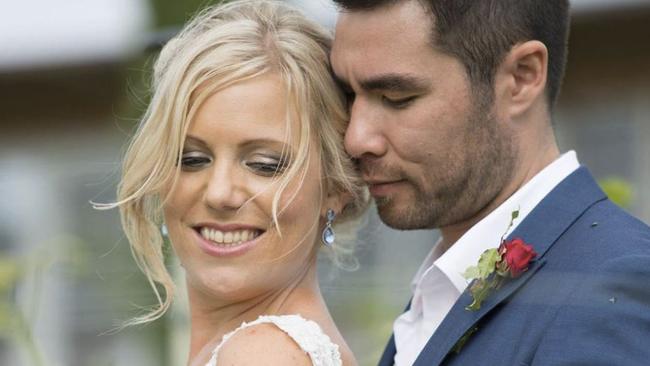
Tragically the fire that erupted after landing, possibly due to a punctured fuel line, claimed the life of firefighter Jasim Issa Mohammed Hassan and destroyed the $260 million aircraft.
Delays and flight cancellations continue at Dubai International Airport a day after the crash-landing.
The world’s busiest international airport issued a statement saying that it is running “under restricted capacity and has since continued to operate with one runway.” It said some flights were coming into the city-state’s second airport, Al Maktoum International Airport at Dubai World Central. Several Emirates flights, as well as others from foreign carriers landing at the hub, were cancelled Thursday.
EMIRATES CRASH A SURPRISE
Former Emirates 777 captain Byron Bailey said the incident was very surprising given Emirates’ and the aircraft’s excellent safety record.
“Pilots would never land with unsafe gear — there’s all kinds of procedures you would do — you would fly around, you’d dump fuel, you’d burn off, you’d have emergency services standing by; so this was not an expected emergency,” Mr Bailey said.
“I’ve had this myself. You enter a holding pattern, you sort everything out and it takes time.
“This looks like it happened suddenly.”
He said the 777 was a very safe aeroplane and “easy to land”.
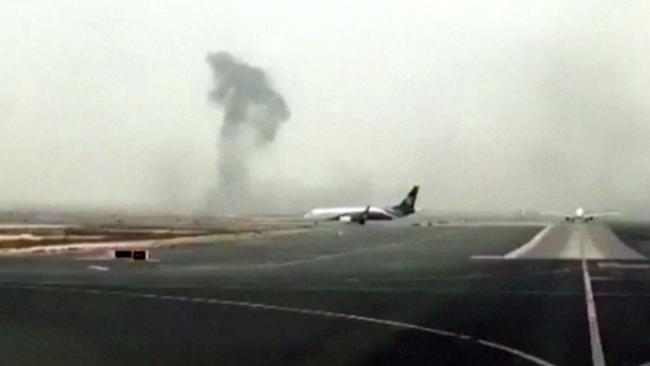
“You don’t need to judge it, a voice calls out the real height above ground and all you do as they call 30, is you check back a little on the control panel and the plane lands itself,” said Mr Bailey. “It really is a mystery.”
Aviation consultant Neil Hansford agreed it would be unusual for the aircraft not to fly around Air Traffic Control to let them inspect the landing gear, if the crew had been aware of a problem.
Mr Hansford said:. “We won’t know until they download the cockpit voice recorder.”
But there was no certainty the findings would be made public, he said.
“Emirates will do whatever they can to keep their reputation.”
Executive Chairman of the Centre for Asia Pacific Aviation, Peter Harbison said the Emirates crew deserved credit for evacuating all on board in under three minutes.
“The fact everybody got off, even if they were lucky, it’s bloody impressive,” said Mr Harbison.
But video footage from the cabin showing passengers retrieving carry-on luggage from overhead lockers was not so impressive.
“It’s a reflex action but it’s stupid. I don’t know what the answer is — locked compartments perhaps, but that would create another set of problems.”
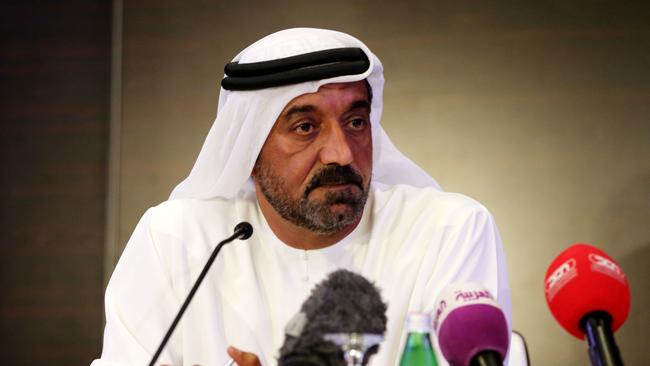
Mr Bailey thought it was highly unlikely pilot fatigue could be a factor in the incident, despite claims among Emirates’ crew of increasing demands on staff.
A current 777 captain said the fleet kept growing and many pilots had resigned to move to airlines in China, Korea, Japan and Europe.
“Three aeroplanes a month are delivered and we just have to keep cancelling leave and revising flight duty rules,” the pilot said.
Access to the airline’s crew website which includes rostering information and contact phone numbers was shut down immediately after Wednesday’s crash, he said.
Emirates’ insurers will cover the cost of the destroyed 777-300 — the first ever aircraft in Emirates’ fleet to be damaged beyond repair.
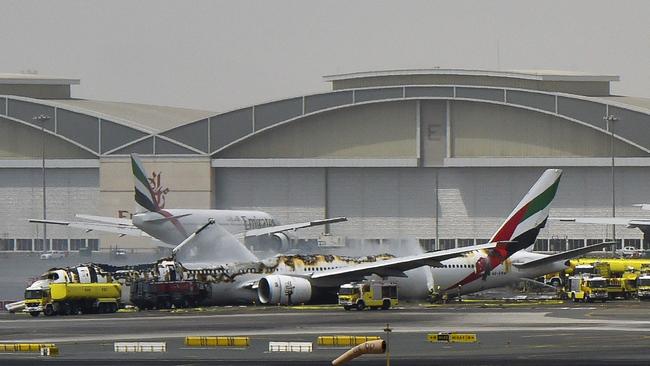
LEGAL QUESTIONS LOOM
However Shine Lawyers’ senior solicitor Thomas Janson said passengers may not be in a position to take legal action against Emirates for psychological distress and trauma.
“That can only occur if (the mental distress) arises out of a bodily injury suffered in the incident,” Mr Janson said.
But they could seek compensation for destroyed luggage — of up to $2088 a piece — if a claim was made within three-weeks of the crash, Mr Janson said.
The United Arab Emirates’ General Civil Aviation Authority, which investigates all plane crashes, issued a statement Thursday on the state-run WAM news agency saying that work was underway “to recover the flight data recorder ... and the cockpit voice recorder.”

